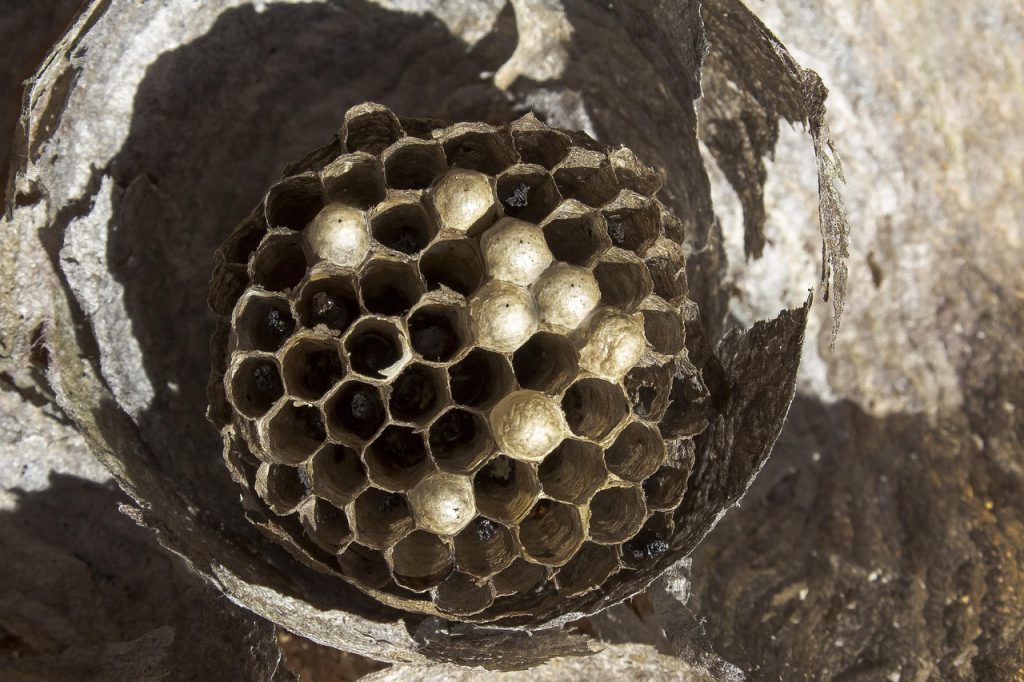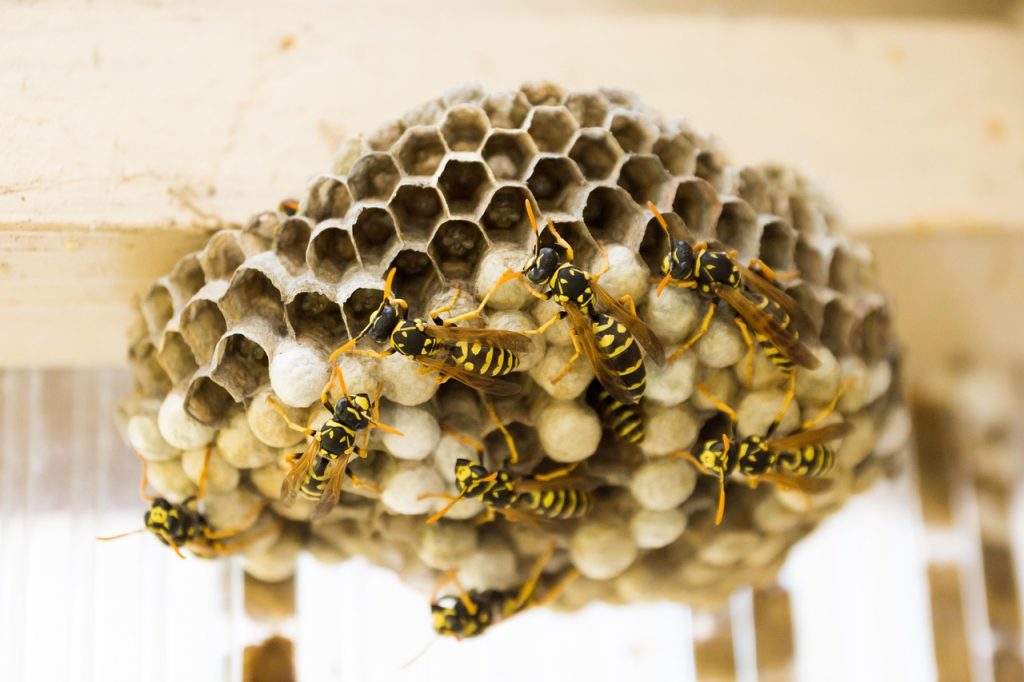As the British public enjoys warm weather, recent headlines about radioactive wasp nests have sparked both curiosity and concern. While this might sound like a plot from a science fiction drama, the news is rooted in real-world discoveries that deserve closer examination.
The Discovery That Started the Buzz
In late July 2025, routine safety inspections at the Savannah River Site, a former nuclear weapons facility in South Carolina, USA, led to the startling discovery of a wasp nest with radiation levels ten times above what federal regulations permit. The nest was sitting close to large tanks of liquid nuclear waste, remnants of the site’s Cold War-era operations.
Although there were no wasps present at the time of its removal, the nest itself was contaminated by legacy radioactive material known to exist at the site. Officials acted quickly, neutralising and disposing of the nest as radioactive waste. They also reassured the public that the tanks were not leaking and stressed there seemed to be no risk to surrounding communities or the environment.
How Did the Nest Become Radioactive?
The United States Department of Energy clarified that the nest’s radioactivity was most likely caused by residual waste left from the site’s operational days. Unlike modern nuclear sites with strict containment, facilities built during the Cold War can have lingering contamination in soil and dust. The wasps, in their natural process, likely gathered contaminated materials while constructing their nest.
It’s important to note that not all wasps build their homes in the same way. Some use soil, some wood, and some other materials. Understanding which species were responsible could help pinpoint how the radiation was transferred. Experts underscore that the nests, not the wasps themselves, show the greater concentration of radioactive material.

Are Radioactive Wasp Nests a UK Risk?
The event in South Carolina has caught international attention, but so far, no radioactive wasp nests have been reported in the United Kingdom. Britain’s civil nuclear facilities are strictly monitored by agencies such as the Office for Nuclear Regulation. Regular environmental checks are in place to catch any leaks or contamination risks before they get out of hand. Sites in the UK that have dealt with nuclear weapons or power generation also undergo extensive decommissioning, with strict rules for handling legacy radioactive material.
Nevertheless, the Savannah River incident highlights a unique risk posed by wildlife interacting with contaminated environments—one that might not be fully accounted for in standard risk assessments.
Wasps and the British Summer
While this summer is shaping up to be a strong season for wasps across the UK, with pest controllers reporting more nests than in previous years, British nests remain non-radioactive. Experts from the British Pest Control Association remind the public that, despite their reputation, wasps play a vital role in local ecosystems acting as natural pest controllers and helping to balance insect populations.
The most common health risk from wasps in the UK remains the threat of stings, which can provoke anaphylactic reactions in some individuals. That said, anyone discovering a wasp nest on or near their home should avoid disturbing it and contact pest control professionals for safe removal.
The Science: What Are the Actual Dangers?
Radioactive contamination presents real risks if not managed properly. Radiation can damage living tissue, and long-term exposure increases cancer risk. However, officials stressed that radiation levels found in the South Carolina nest, though ten times the allowed limit for the site, posed no threat to workers or the public due to the nest’s isolated position and strict control of the surrounding area.
The bigger concern, according to scientists, is what wildlife can reveal about undetected contamination. Professor Timothy Mousseau, from the University of South Carolina, told The New York Times that finding radioactive material in wasp nests could point to contamination hotspots that need further study. Such findings may prompt additional environmental checks at former nuclear sites worldwide.
What Should UK Residents Do?
For now, British residents should remain calm. There is no evidence of radioactive wasp nests in the UK, and local environments are subject to strong oversight. But the Savannah River report serves as a reminder that wildlife can, on rare occasions, form an unexpected link in the chain of nuclear safety, reinforcing the need for vigilance even as older sites are phased out.
Should anyone in the UK discover a nest that raises suspicion—due to its size, location, or context—experts recommend not disturbing it. Homeowners are advised to contact professional pest controllers or local authorities for guidance.
Official reassurances, alongside transparent reporting, underpin public confidence in nuclear safety. As Britain faces record numbers of wasps this year, the story of the radioactive nest from across the Atlantic serves as both an interesting cautionary tale and a testament to why ongoing monitoring matters.
In Summary
While the discovery of a radioactive wasp nest in the United States is headline-grabbing, it highlights more about the challenges of environmental monitoring at nuclear legacy sites than an immediate risk to British households. With no similar incidents reported in the UK and strong regulatory oversight, residents should remain watchful, but not alarmed: the wasps in your garden are fortunately just wasps.
Read more; Storm floris



